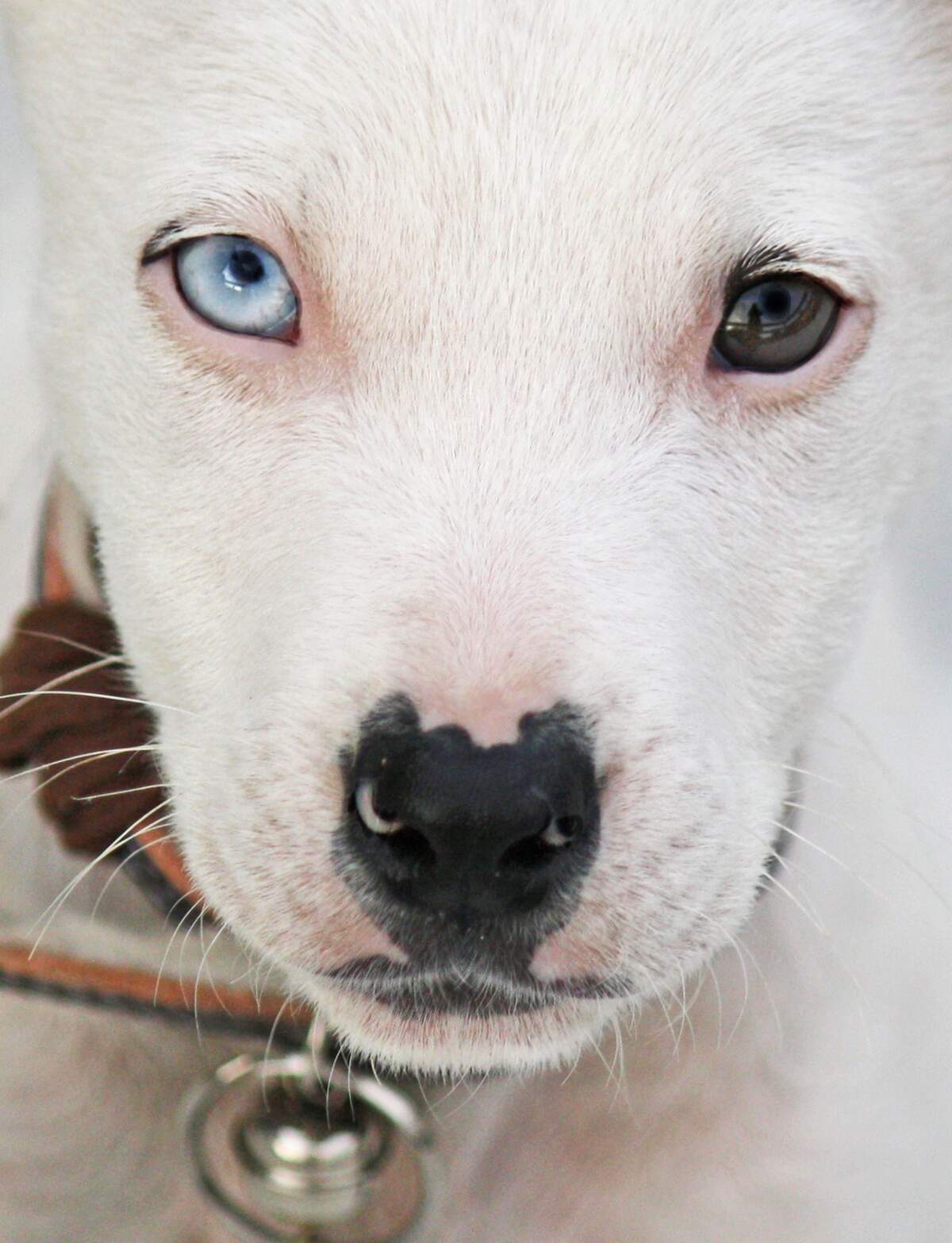

Different Colored Eyes Day
Today we celebrate heterochromia, a condition that often gives people two different colored eyes. For example, one may be green while the other is brown. There are a few causes of heterochromia. For eleven out of every 1,000 people, it is genetic and they are born with it, while others get it from disease or injury. An eye exam can usually find out its cause. Not only do humans have it, but some animals do as well, particularly dogs and cats. While rare with humans, it is common with some breeds of dogs, such as dalmations and Australian sheepdogs.
There are three types of heterochromia:
- Complete heterochromia: One iris is a different color than the other iris.
- Partial heterochromia: Part of one iris is a different color from the rest of the iris.
- Central heterochromia: The inner ring of an iris is a different color than the rest of the iris.
Eye color is greatly determined by the concentration and distribution of a pigment called melanin throughout the iris. If an iris is hyperpigmented it is hyperchromic; if it is hypopigmented it is hypochromic. If there is an increase in melanin production in the iris it is known as hyperplasia; if there is a lack of melanin it is known as hypoplasia.
The day not only celebrates heterochromia but also celebrates that people have different colored eyes from each other and the diversity of eye color in general. If you look around, you will find shades of blue, green, brown, black, and gray, as well as eyes that are hazel and amber.
How to Observe Different Colored Eyes Day
Celebrate the day by paying attention to the color of the eyes of everyone you see. See if any of your friends have two different colored eyes. You could also see if any dogs or cats you come across have heterochromia as well. Celebrate artists and celebrities that have different colored eyes. Listen to the music of David Bowie, and watch films and television shows with Jane Seymour, Christopher Walken, Mila Kunis, and Dan Aykroyd.
If you have two different colored eyes but don't know why, schedule an eye exam to find out. If you recently have had your eyes change color, and aren't sure why, it may be a sign of something more serious. An eye exam should be made in this circumstance as well, to see what is causing it.





















